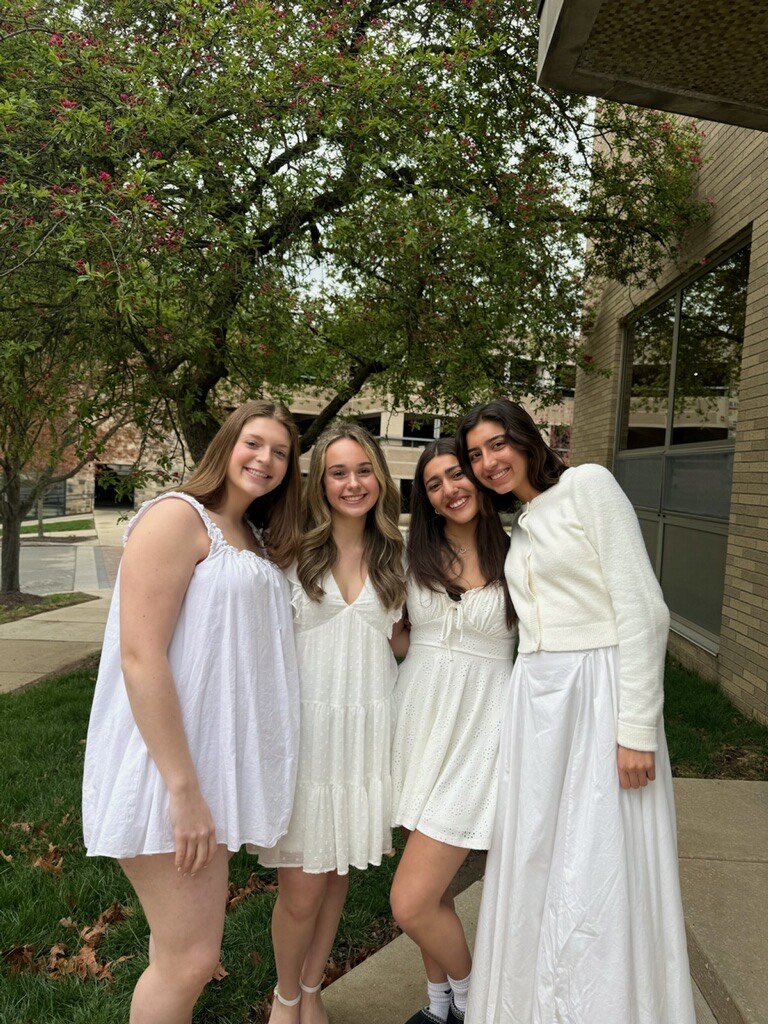Every November, daylight saving ends, and our clocks get set back by an hour, granting us a much appreciated extra hour of sleep. But why exactly do we get this extra hour? And is it even worth it?
The origin of daylight saving time goes all the way back to 1916, when World War I was wreaking havoc in Germany. The plan was intended to encourage people to make use of the extra hour of daylight, using up fewer energy resources for their lighting, heating and appliances. The United States took on the idea itself in 1918 but ended the use of it just a year later as the war came to an end.
By 1942, yet another World War was in full swing, and daylight saving time was reintroduced. Following the second war, there was no standardized plan for the country, and different states and cities had different policies regarding whether daylight saving would be implemented, as well as how it would be. In 1966, Congress passed the Uniform Time Act, putting an end to the chaos and instituting a standardized schedule that the entire nation, with the exception of Hawaii and Arizona, follows to this day.
Today, daylight saving is an incredibly controversial system, and many have called for it to be abolished. A 2019 Associated Press-NORC poll found that 70% of Americans oppose the clock switch.
In our very own Pennsylvania there have already been efforts to keep one time for the whole year. In 2023, state legislature representative Ryan Mackenzie introduced House Bill 272, which would permanently keep Pennsylvania on daylight saving time, stating that “ending the process of changing our clocks biannually is long overdue.”
Those opposed to the switching of time make a good point. While the extra hour of sleep feels like a nice reward, the practice of daylight saving is far more harmful than helpful.
The impact of daylight saving can be visibly seen. Each year, when we lose an extra hour in the Spring, our sunny spring days become a little bit shorter. Gone is an extra hour that could be used for catching up with friends outside on the benches or peacefully finishing assignments at the tables outside of Conn. Instead, it’s time to walk back from late afternoon classes while the sun sets and to head to dinner in the chilly pitch black of night.
The harmful effects of the changing clock on our minds and mental health go beyond just gloomy atmospheres. Sleep is one of the most important aspects of our health, and even just the two shifts can have profound consequences on sleep patterns. When we fall into later mornings each November, the body’s circadian rhythms, which control and manage some of the body’s key functions, are disturbed.
This negative impact is even more pronounced in the spring when daylight saving begins again. When our mornings begin earlier, we are naturally less exposed to light, which can reduce levels of serotonin. Low levels of serotonin can be linked with depression. Additionally, our exposure to light ends up occurring later in the day, potentially affecting quality of sleep by hindering the production of the hormone melatonin.
While daylight saving seems like it only matters on just two days of the year, it can be influential. And for people already struggling with certain conditions like depression, anxiety, sleeping disorders or seasonal affective disorder, which is a large number of people, the extra hour gained or lost can be serious.
But not only is the daylight saving plan a depressing inconvenience, it just barely serves its initial purpose. In 2021, researchers at Stanford University analyzed 44 different studies and found that the system has led to just a 0.34% decrease in energy consumption. Another study, this one conducted by the National Bureau of Economic Research, found that energy consumption from lighting did decrease, but heating and cooling energy consumption actually increased, countering any potential reductions in energy.
While daylight saving was originally introduced with the noble intention of reducing energy consumption in a time of national need, it has clearly overstayed its welcome. Whether it’s remaining on daylight saving time year-round after one last spring forward, or keeping Standard Time permanent, it’s time for the entire country to follow the example set by Arizona and Hawaii and end this obsolete system once and for all. But for this week at least, enjoy a useless, but well-deserved, extra hour of sleep.





